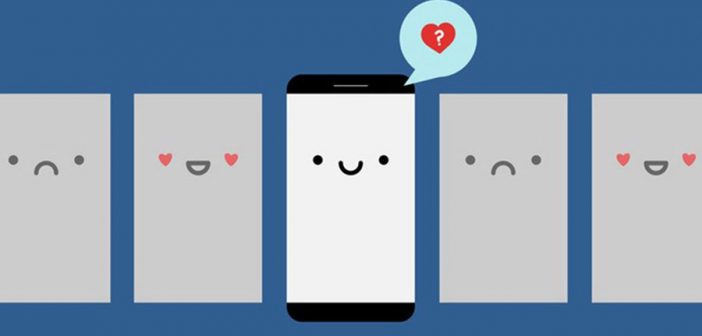Tesco has been one of the UK’s biggest retailers for nearly forty years. One of its greatest assets, the Clubcard loyalty scheme, helped create an emotional connection to customers that was a major contributor to growth.
Launched in 1995, Tesco Clubcard still has some 17 million members. I was Tesco marketing director then, and I believe its founding objectives still resonate with customers in building emotional loyalty with them today.
When I joined as a junior marketer in 1982, Tesco was focused on operational modernisation. Having ditched the Green Shield Stamps sales promotion scheme in 1997, it took Tesco nearly 13 years to revisit loyalty.
It spent the intervening years putting its house in order. It created a better product range, centralised distribution, merchandising and pricing, built more modern stores, and benchmarked against competitors.
When recession hit in the 1980s, Tesco had made sure it could compete effectively. It then turned to its customers to understand who shopped with Tesco and why they bought what they did in order to complete its offer.
That’s why I always point out that the building of any connection with customers has to have good foundations. With the introduction of the ‘Every Little Helps’ strategy in 1993, Tesco wanted to be a better place to shop.
The underlying assumption that functional reliability and innovation cannot promote emotional loyalty isn’t true. Great functional performance promotes great loyalty: think of Aldi, Amazon and Apple, to name three.
For example, Tesco asked customers how to improve the store experience, they said ‘tackle long queues’. So, the ‘One in Front’ initiative aimed to open another checkout if there was more than one customer before you. It was demonstrating that it wanted to understand and address customer pain points.
By 1995, Tesco’s ‘Every Little Helps’ strategy reached its apotheosis with the launch of the one point-per-£1 Clubcard loyalty scheme.
Clubcard had three main objectives:
- to recognise customers and thank them for their custom;
- to enable direct performance marketing in a way rarely used by a branch-based grocery business;
- to capture data on customer shopping behaviour that would enable Tesco to run the business better.
Tesco essentially wanted to know who its best customers were by capturing their identity and tying it back to their shopping basket. This data was analysed to understand what they were likely to want to buy in future.
We used ‘data’ generated by establishing a swipe card-based connection with customers at checkout to drive ‘insight’. This, in turn, was used to prompt ‘action’ designed to foster ‘loyalty,’ using the D.I.A.L methodology.
Earning 21st century loyalty
The research supports that this is what customers still want too. Eagle Eye, the digital marketing technology company where I am now CEO, surveyed 4,000 consumers about what influences their choice of retailer.1
Unsurprisingly, price was top. But a variety of relevant and timely promotions, discounts and a loyalty scheme or some other type of reward recognising continued custom ranked a close second and third respectively.
Applied to my ‘analogue learnings’ from those Tesco days, the main thing that has changed is the sheer volume of data that consumers generate and share about themselves now they live digitally connected lives.
There are more ways and means to understand what customers want by capturing their IDs, purchase history, habits and preferences. Big data and AI systems now exist to analyse both what you bought and will likely buy.
The purpose of Tesco’s ‘Every Little Helps’ strategy was to “create value for the customer to earn their lifetime loyalty”. The opportunity with digital to understand and demonstrate that value is far greater today.
But, the capability to establish digital customer connections that foster emotional loyalty significantly lags the opportunity. My new book, Omnichannel Retail: How to Build Winning Stores in a Digital World, explores why.
It looks at how retailers and brands can compete effectively, both online and online, against those digital-first businesses which are winning customers by virtue of knowing who they are and marketing to them directly.
Established retailers need to forge the same digital connections but extend them into store in order to know their best customers and engage them with relevant and timely content in an integrated and consistent way.
Stores need a ‘mobile makeover’ to add a digitally augmented layer of speed, convenience and choice using digital touchpoints to interact with the devices we are never without and engage customers ‘in the now’.
Loyalty isn’t the only way to engage customers during their online and offline shopping journeys: ratings, reviews, recipe or outfit inspiration, navigation, payment and promotions all require a digital connection.
Only by creating better integrated and consistent digital connections to support customer shopping journeys will retailers and brands generate the data they need to analyse and act on to build emotional connections.
–
This article first appeared in www.warc.com
Seeking to build and grow your brand using the force of consumer insight, strategic foresight, creative disruption and technology prowess? Talk to us at +9714 3867728 or mail: info@groupisd.com or visit www.groupisd.com




